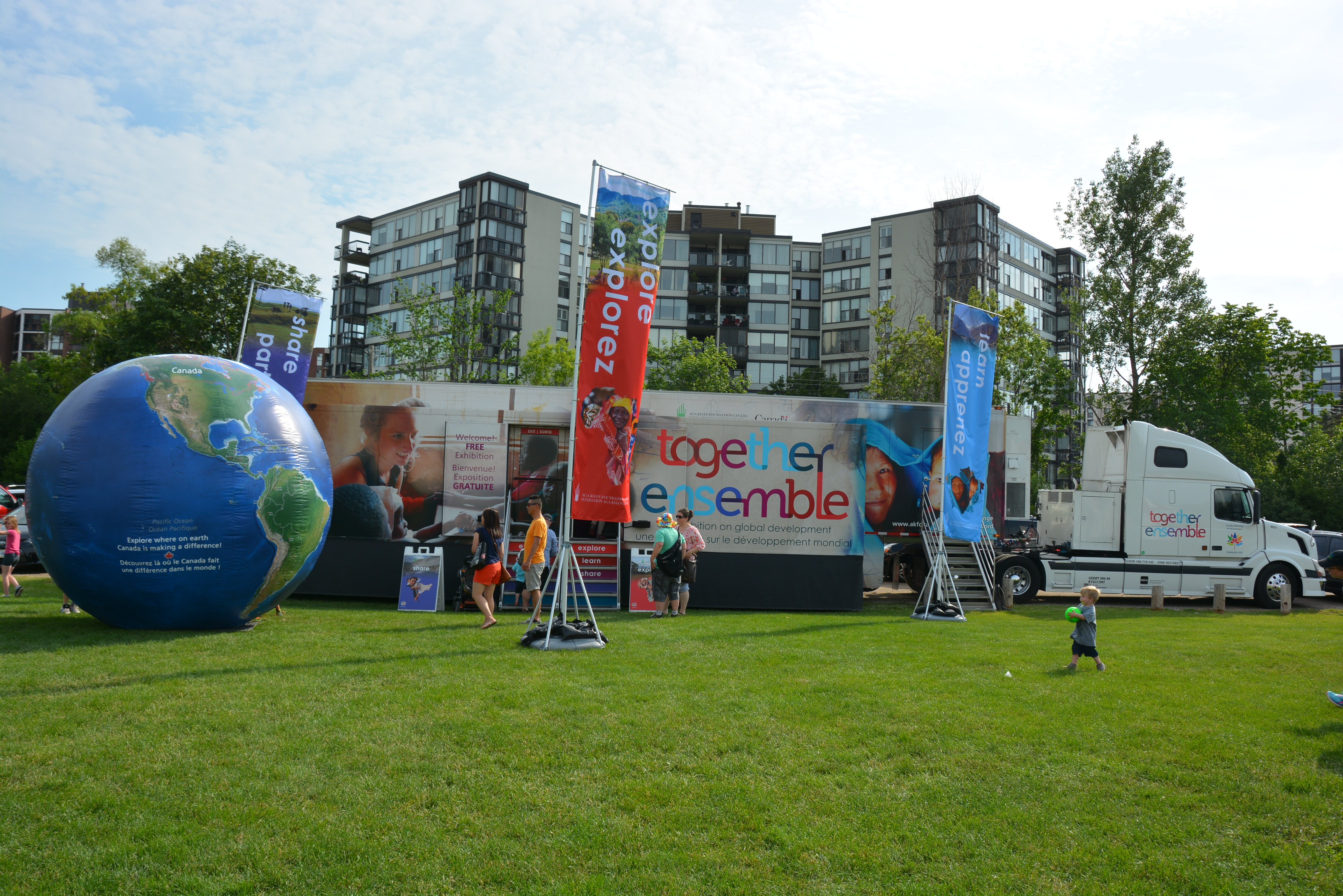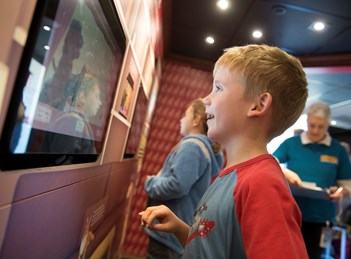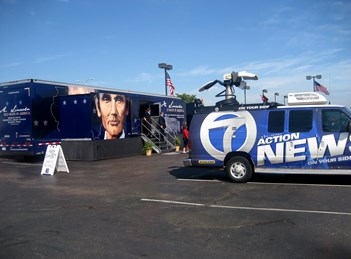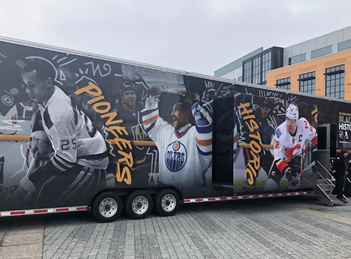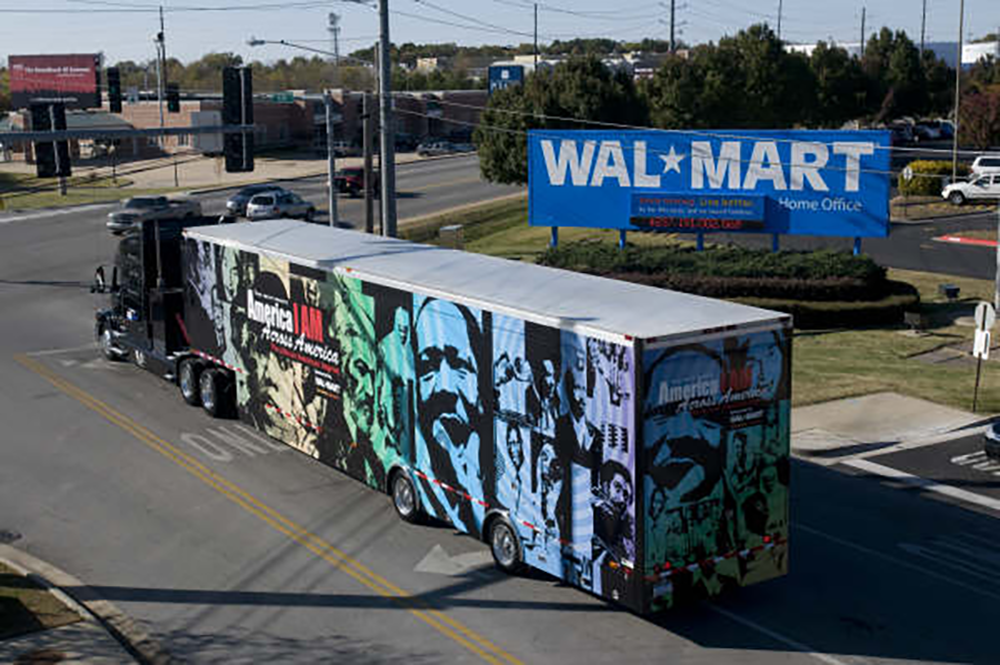
Five Steps to Better Sponsorship Development
With every experiential marketing plan comes the need for financial backing, but the task of finding sponsors and partners is more involved than locating groups with money. As a non-profit or cause marketer, it is important that you find the appropriate affinity sponsor for your message and needs. While this is no simple task, the following steps will make finding the right sponsor much easier to accomplish.
Create an Executive Summary - Create a one-page executive summary, case statement or project description and include a timeline and total required funds needed. Consider all aspects. State the issue, the mission and vision of your tour. Identify the exhibition’s potential opportunities and/or challenges. Set objectives for the exhibition, identify audiences and desired impact of the exhibition. Include partners that you currently or plan to work with.
Create a Development Plan – A Development Plan contains a mix of the fundraising components. Start by having a small, focused committee brainstorm the following categories: Individual Contributors (sometimes referred to as Angels); Private Foundations; Regional Community Foundations; Public Foundations; Corporate Foundations; Advertising revenue from Corporations/Banks; Grants from funders that focus on the outcomes of the mission of your mobile tours; Special Events such as Galas or Auctions; and funding opportunities for community groups/private or public schools.
Create a Mission and Vision of your Mobile Museum – Ensure that all sponsors have a mission and vision that aligns with your own. They should be both compatible and complimentary and have no conflicts of interest.
Determine the Capacity of Potential Funders - Research each organization to see what funding and project capacity they’ve had in the past. Locate funders who have given similar amounts to organizations with a mission/vision comparable to your own.
Develop a Sponsorship Package - Explore all possible opportunities within your unique organization that might appeal to a sponsor. In addition to the exposure your sponsor will get from the tour itself, other aspects may include use of your website or social media sites, data base access, appearances in your newsletter or special events, advertising and PSA opportunities, or logo placement. Make sure that your motivational collateral materials include these assets and that they are aligned specifically with the potential sponsor.

